We use cookies to make your experience better.
To comply with the new e-Privacy directive, we need to ask for your consent to set the cookies. Learn more.
To comply with the new e-Privacy directive, we need to ask for your consent to set the cookies. Learn more.
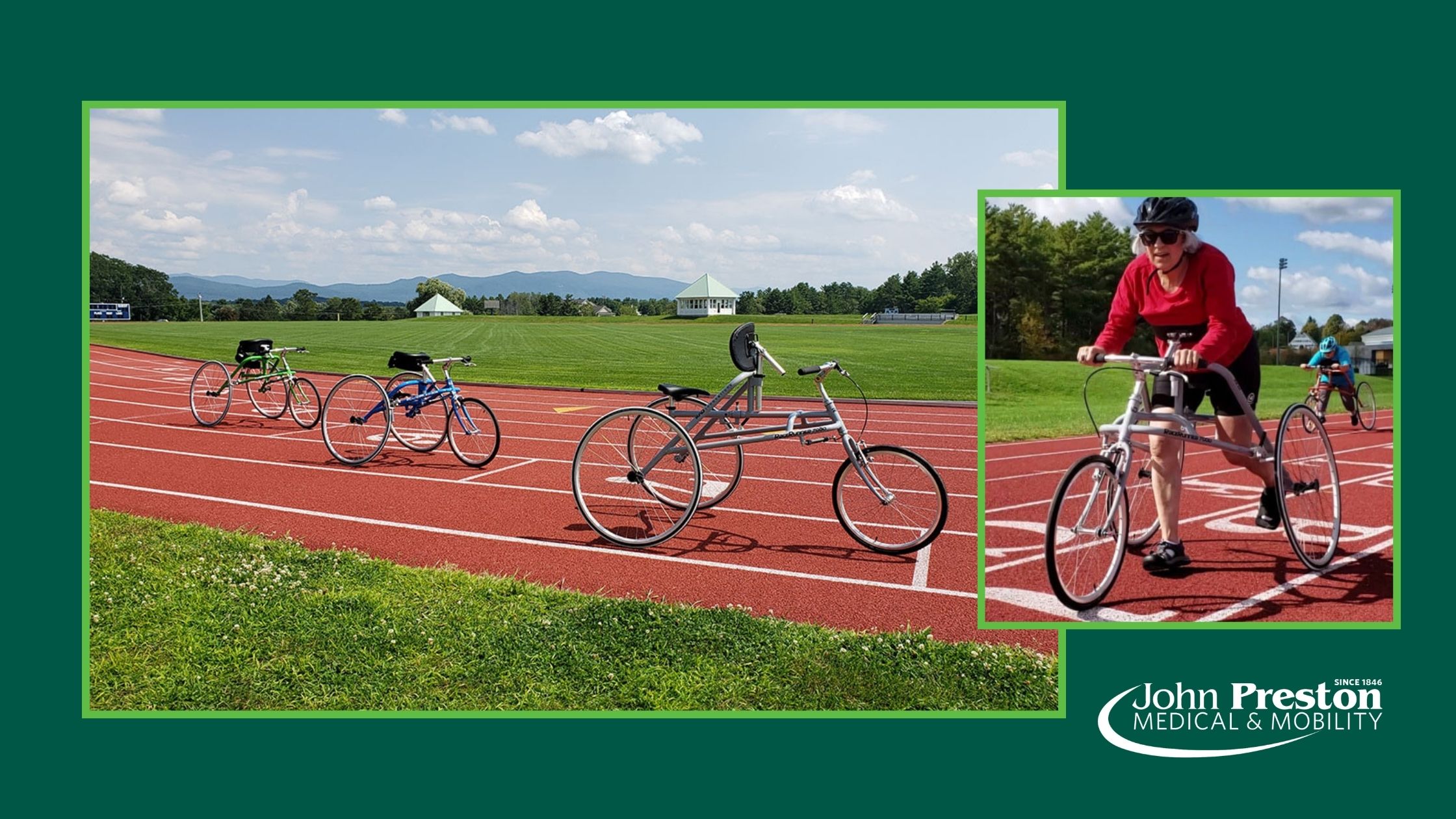
Frame Running (also known as RaceRunning) has been a recreational and competitive sport in Scandinavia for the past 20 years. Running frames are frequently used by children and adults with cerebral palsy (CP), Parkinson’s, stroke, spinal cord injuries (SCI), muscular dystrophy, or general balance and mobility challenges to propel themselves on their own.
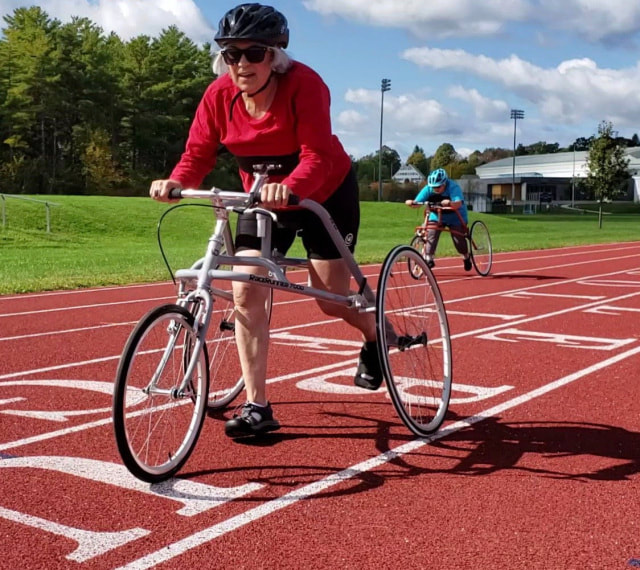
Frame running was created in Denmark in 1991 by Paralympian Connie Hansen and Mansoor Siddiqi, a former CP2L backwards wheelchair foot pushing athlete and currently the international frame running coordinator. It has since been developed in partnership with the Cerebral Palsy International Sports and Recreation Association. Similar looking to a tricyle frame minus pedals, the rider propels themselves on foot, akin to running or striding while supported in the saddle. This ensures the rider is safely supported while engaging key motor skills in propulsion and steering.
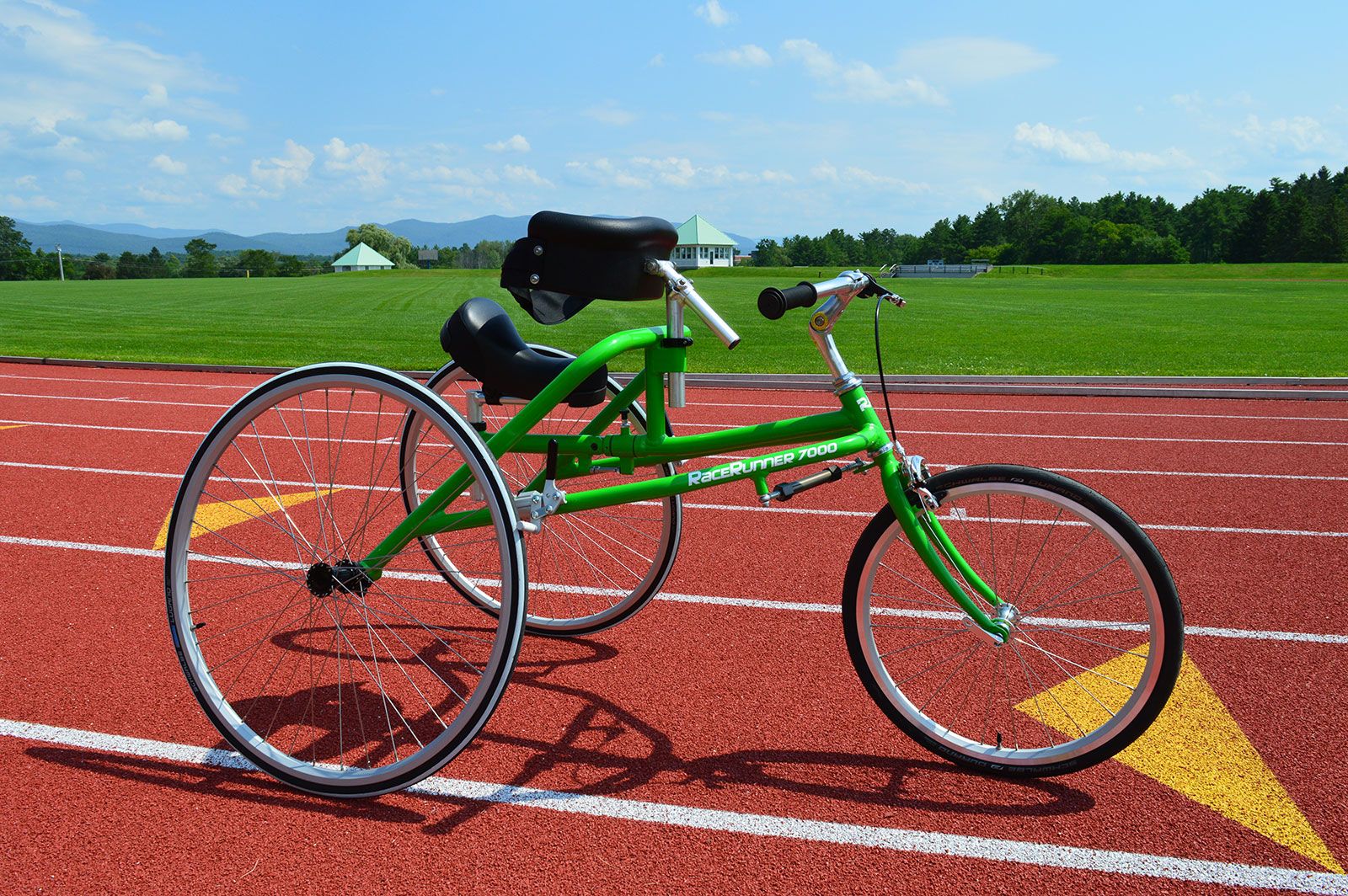
In 2017, frame running was announced as a World Para Athletics track discipline, alongside ambulant running and wheelchair racing. 100m frame running events were contested at the 2018 and 2021 World Para Athletics European Championships, and at the 2019 World Para Athletics Championships. Frame running was unsuccessfully proposed for inclusion in the 2024 Summer Paralympics. It was, however, included in the program for the 2023 World Para Athletics Championships. In competitive Frame Running, athletes run on a track in distances ranging from 40 to 5,000 meters against other runners. Like with many other adaptive sports, competitors are classified based on their disability, which allows athletes with similar physical challenges to compete on an even playing field.
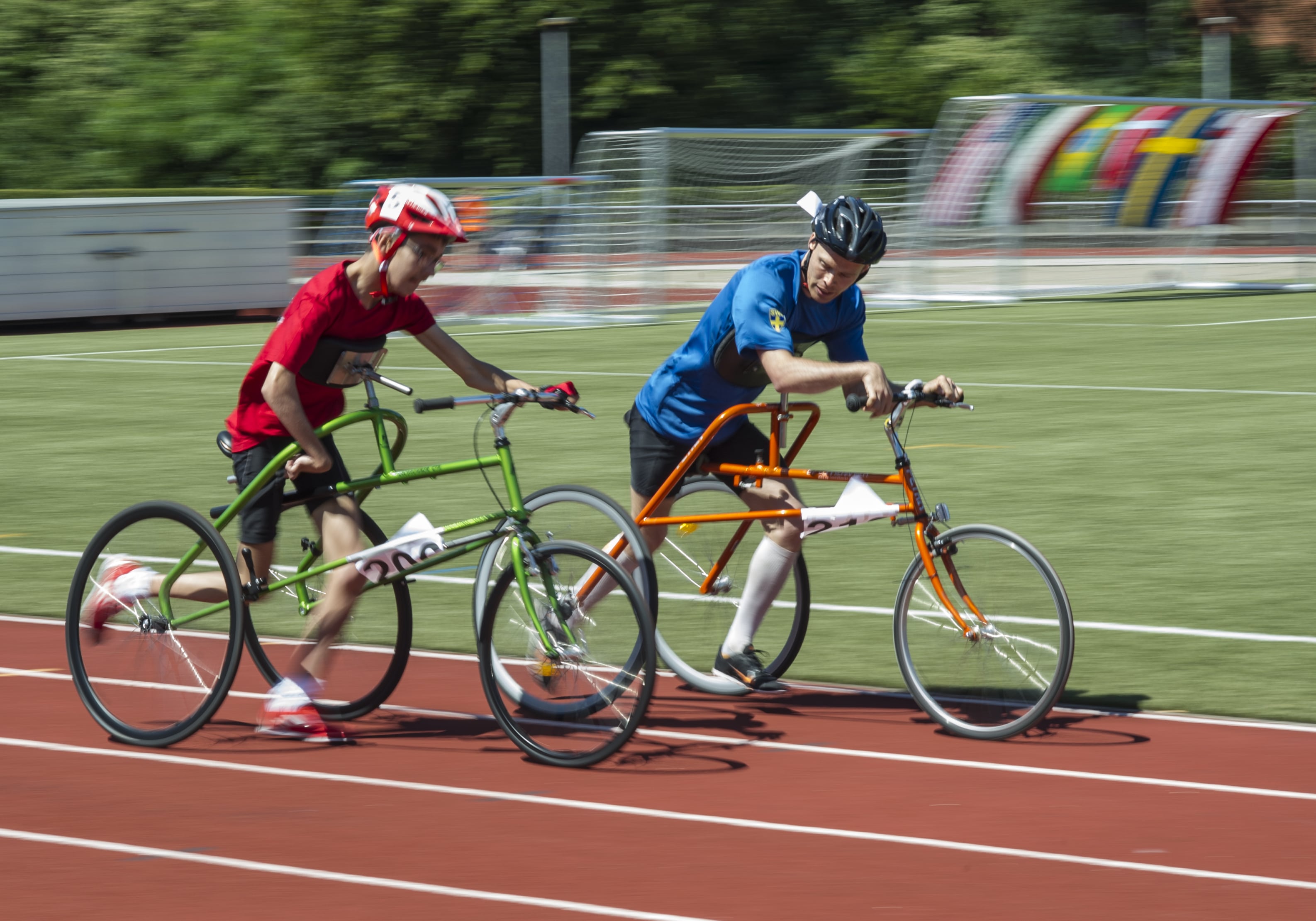
While Frame Running began as a competitive sport, it is now a popular form of recreation and rehabilitation. Individuals find that using a frame runner can often provide a greater level of movement and independence than gait-trainers, walkers, or even wheelchairs. Children as young as 3 can practice walking on a frame runner with their family. Adults recovering from broken bones, stroke and other conditions can use the device as part of their rehabilitation plans. And, of course, people of all abilities and ages can use it to walk around the neighborhood, go to the grocery store and run with their friends at the local park.
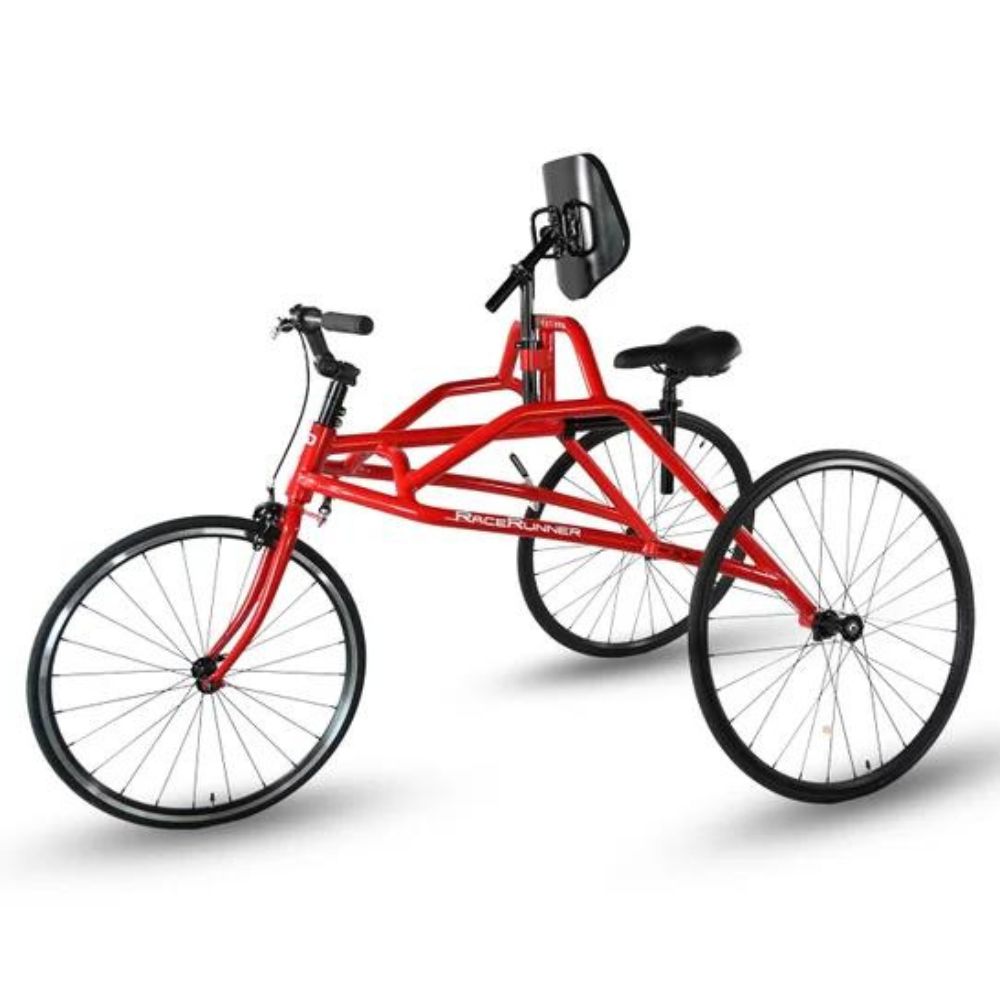
We are excited and proud to introduce the RAD Innovations range of frame runners to the UK. Available in 4 colour-coded sizes, the RAD RaceRunner is the perfect recreational alternative to a walking bike.
Let's talk a closer look at some of the key features of the RAD RaceRunner
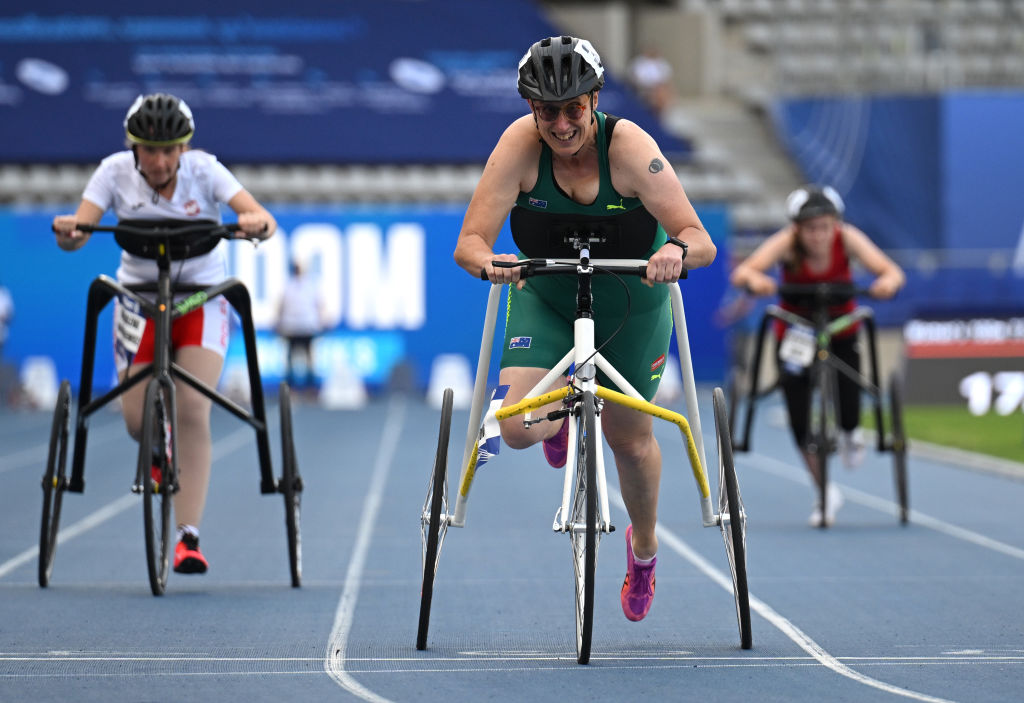

Russell Brown
Physiotherapy & Cycling Product Specialist

Ireland West Airport recently held an event to mark their partnership with Hidden Disabilities, joining over 200 other airports who recognise the Hidden Disabilities Sunflower and provide additional s...

We're excited to announce we've expanded our all-ability cycling portfolio with the addition of ICE Trikes and their range of recumbent tricycles. ICE (Inspired Cycle Engineering) has been prod...

As the days are getting brighter (and hopefully a bit drier) our thoughts turn to the outdoors. Let's get into Cycling Season! John Preston offers a wide range of all inclusive cycling equipment for...

A free sport session for people with a physical disability or sight loss is being held on 26th September 2015 at Craigavon Water Sports Centre! Why don't you come along and try out these sports? We...

We had a great time at the Handcycling Development Day last Saturday at Craigavon Watersports Centre showcasing our range of Handcycles available in Northern Ireland. The weather was superb and the p...

All Ability Cycling Event, Belfast We will be attending Belcycle the all ability cycling festival in Belfast on Staurday 16 June at CS Lewis Square. There will be bikes to suit all users including t...

All Ability Cycling, Edinburgh - Let's Ride We will be attending " Let's Ride " the all ability cycling festival in Edinburgh on Sunday 24 June at the Meadows. There will be bikes to suit all users...

 EUR (€)
EUR (€)